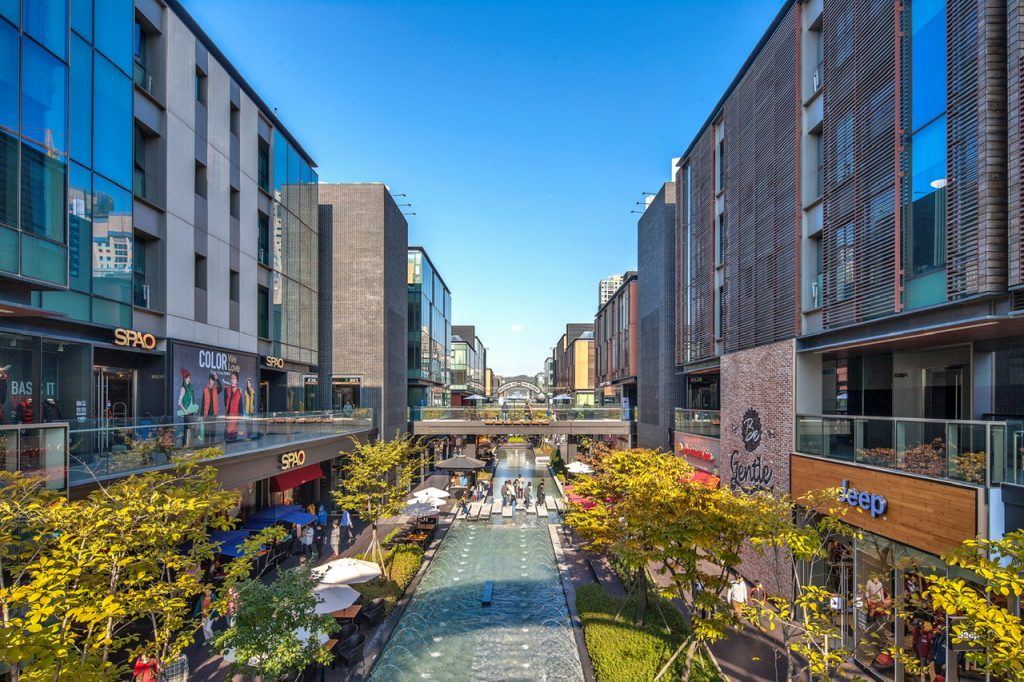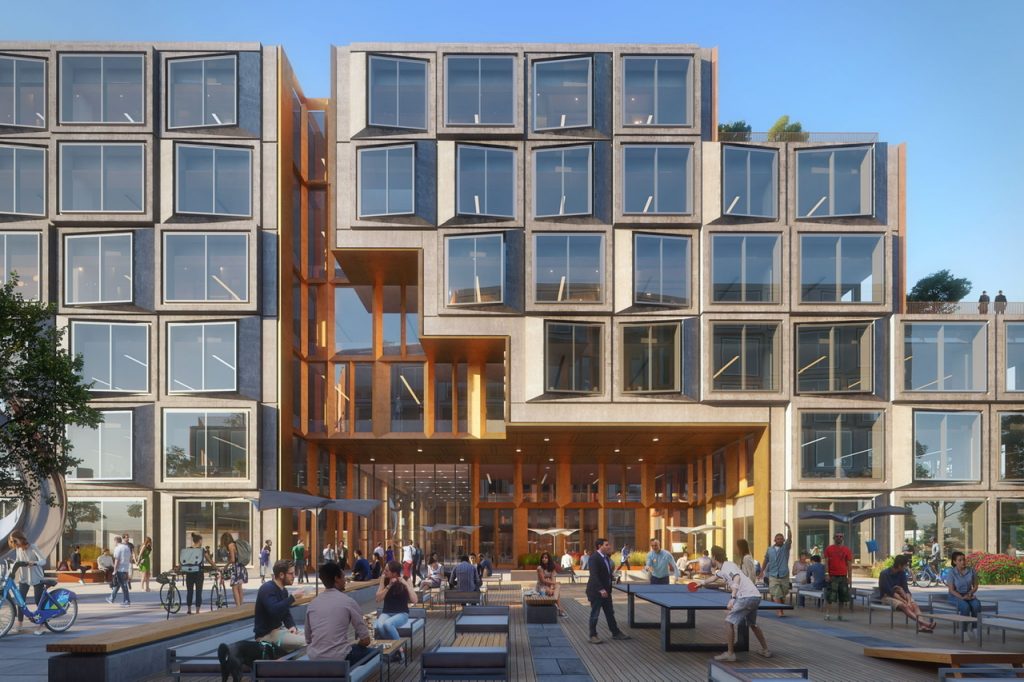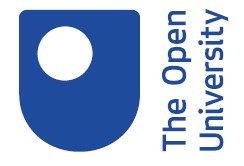As the spatial framework for the Oxford-Cambridge Arc starts to develop, Elie Gamburg, Director, Kohn Pedersen Fox Associates has written this article on architecture and urbanism strategies for the Arc. Looking at success stories across the globe, he shares that with sensitive urban design and architecture it is possible to do more than just accommodate growth, in fact they are integral parts of the economic and policy development strategies to foster innovation.
It is exciting to see the Oxford-Cambridge Arc evolving from recognition of an extant innovation cluster to a policy framework. This is leading to a robust discussion, based on similar clusters globally, about the public policies, economic incentives, social initiatives and infrastructure required to foster innovation and economic development. Simultaneously, current growth locally has led to a substantial need for new housing, work/research space, and institutional expansion. These dual considerations naturally beg the question: in addition to sensitively accommodating growth, what global lessons can be drawn as to how architecture and urban design can further the goals of the Arc?
Importantly, the Arc is not just a policy program, but also real physical places where innovations happen, created by those who live, work, and study there. Similar to other regional innovation clusters such as Silicon Valley, the Research Triangle in North Carolina, and Cambridge-Boston in the USA; areas around Seoul, Korea; and the Pearl River Delta in China, a dynamic mix of educational institutions, innovative companies, and start-ups co-exist in self-reinforcing ecosystems. These clusters have emerged peripherally to city centres like London, New York, San Francisco or Seoul making them a natural way to pursue ‘levelling up’ strategies.

Songdo City, Seoul, South Korea
Unlike larger cities, where proximity to centre governs all, innovation clusters are polycentric – formed of multiple smaller towns. There is a striking similarity between them: population (OxCam – 3.8 million, Research Triangle – 2.8 million, Cambridge/Boston – 4.2 million, Silicon Valley – 4 million, Incheon-Songdo – 3 million), town size (Cambridge UK – 116,000, Cambridge MA – 123,000, Sunnyvale CA – 150,000); each anchored by similar elite universities embedded in towns, not isolated on rural campuses.
This medium-scale polycentricism is the greatest strength of these clusters: each offers multiple town centres that are active and exciting places to live, work, study or play. Universities clearly anchor innovation clusters as engines of research, but equally important is that as a result of these institutions, university towns ‘punch above their weight’ in cultural offering, social amenity, and general quality of life – desirable places to live and work combining the best of cosmopolitan and small town living.
This quality of urban life is something design can reinforce. In Seaport Square, Boston’s ‘newest’ neighbourhood, innovation district and extension/alternative to Cambridge’s Kendall Square (Massachusetts, USA), the master plan’s first completed phase featured a new destination park with cultural programming complimented by a ‘District Hall,’ designed to be a public amenity that is a small business incubator, co-working space, town hall, event space, and community room. Both Seaport Park, District Hall and the associated events made the neighbourhood a destination long before the rest of its fabric emerged.

San Jose, California, USA
Across these innovation clusters similar urban forms repeat: pedestrian-friendly high streets with varied retail and civic offerings; anchored by cultural and civic programs; punctuated by parks and squares; flanked by mid-scale residential neighbourhoods in easy walking distance. In the Downtown West project in San Jose, adjacent to Diridon Station, the design team working with Google has turned the traditional office/research campus ‘inside-out’ directly extending the city’s urban context, emphasizing walkability and bike access, and integrating a complete mix of town-centre uses including residential, retail, culture and other amenities. These elements may be added in advance of a complete context, as in Songdo City, where the 1 km long ‘Canal Walk’ was one of the first elements built (along with a Central Park), giving the nascent ‘Innovation District’ adjacent to Seoul an exciting high-street, cultural destination, and curated mix of residential and work space ‘out of the box.’
These clusters also integrate larger buildings like the cotton warehouses and mills found throughout Boston-Cambridge, tobacco warehouses found in Raleigh-Durham, or the WWII-era warehouses found around Cambridge and Palo Aalto that have been adapted as offices, labs and spaces for alternative modes of work and research only now imagined. These buildings offer solutions to two issues confronting designers in the Arc: firstly, research and technology uses desire proximity to town centres yet work most efficiently with large-format buildings that are detrimental to the pedestrian-friendliness and visual interest of a finer urban grain; secondly, the pace of technological change means that yesterday’s cutting edge workspace are today’s white elephants.

Channelside, Boston, USA
The re-use of pre-war loft and post-war warehouse buildings suggests an approach using repetitive, human-scaled blocks (in the US, most loft buildings exist as groups of similar-sized, connected blocks) and the creation of interiors that feature column placement, windows and the provision of generous ceiling heights that lend themselves to long-term utility and future adaptability. The re-use of buildings is the most sustainable approach to development – and the buildings most likely to be adapted are those most loved for their material richness and elegant crafting. Squeezing down floor heights, column spacing, and ‘shrink wrapping’ buildings to their use, with minimal opportunities for terraces, social space and public amenity trades slight improvements in scale today against future re-use and engagement with urban context.
As seen from these global examples, sensitive urban design and architecture can do more than just accommodate growth, they can be integral parts of economic and policy development strategies to foster innovation. They can do this not merely by expanding what is already there, but by multiplying the inherent assets to strengthen existing medium-sized town clusters and create additional town centres. Each of these centres providing a mix of urban, pedestrian-friendly uses around desirable open spaces, featuring exciting community and cultural programs while thoughtfully accommodating the larger scale building types needed for research and innovation in ways that are sensitively scaled and flexible for the long term.
About Elie Gamburg

A Director at KPF, Elie has 20 years of experience creating innovative designs for cities, institutions, companies, and developers. Across a wide range of project types around the world, Elie’s work is consistently sensitive to a human scale, an urban context, and sustainable practices.









